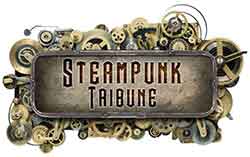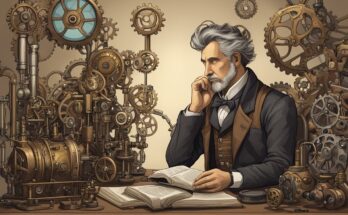Traditional image of Spiritualism during the 19th centuryA number of 19th and early 20th century writers (among them Thomas Hardy, Algernon Charles Swineburne, A.E. Houseman, and James Elroy Flecker) described death as final rest, with no anticipated resurrection. How they felt about this idea varied; Swineburne gave thanks “That dead men rise up never”, Flecker thought it horrible. But the basic idea was new, or at least the freedom to express such unbelief was new. The question of whether any future life awaits the dead fascinated and trouble many Victorians and Edwardians.
Kate, Margret, and Leah Fox
One such expression of this concern was the growth of the Spiritualist movement. Starting in 1848, when Margaret and Kate Fox of Hydesville, New York, reported receiving messages from a spirit haunting their cottage, this movement gained may adherents throughout the English-speaking world. The séance became a familiar family ritual in the last half of the 19th century. Notable figures such as the British writer Arthur Conan Doyle and the American psychologist William James became in psychical research, trying to judge the truthfulness of spiritualists beliefs. Ghosts and spirits remained mysterious and terrifying, but they also offered comforting reassurance that there really might be a part of man that outlived bodily death.
Medium Rudolph Steiner posing with a “spirit”If Victorian psychic researchers were correct, ghosts were a physic phenomenon, a psychic residue of the living after their deaths. In fact, ghosts are merely the minority of spirits of the dead who have enough psychic strength to interact with the material world.
Satirical image of unemployed mediums in the late 20th century Stoddard, W.H. (2000) – Gurps Steampunk, pg. 104, SJG:Austin
[edited for removal of game specific content]http://en.wikipedia.org/wiki/Spiritualismhttp://religiousmovements.lib.virginia.edu/nrms/Spiritsm.htmlhttp://www.newadvent.org/cathen/14221a.htm



